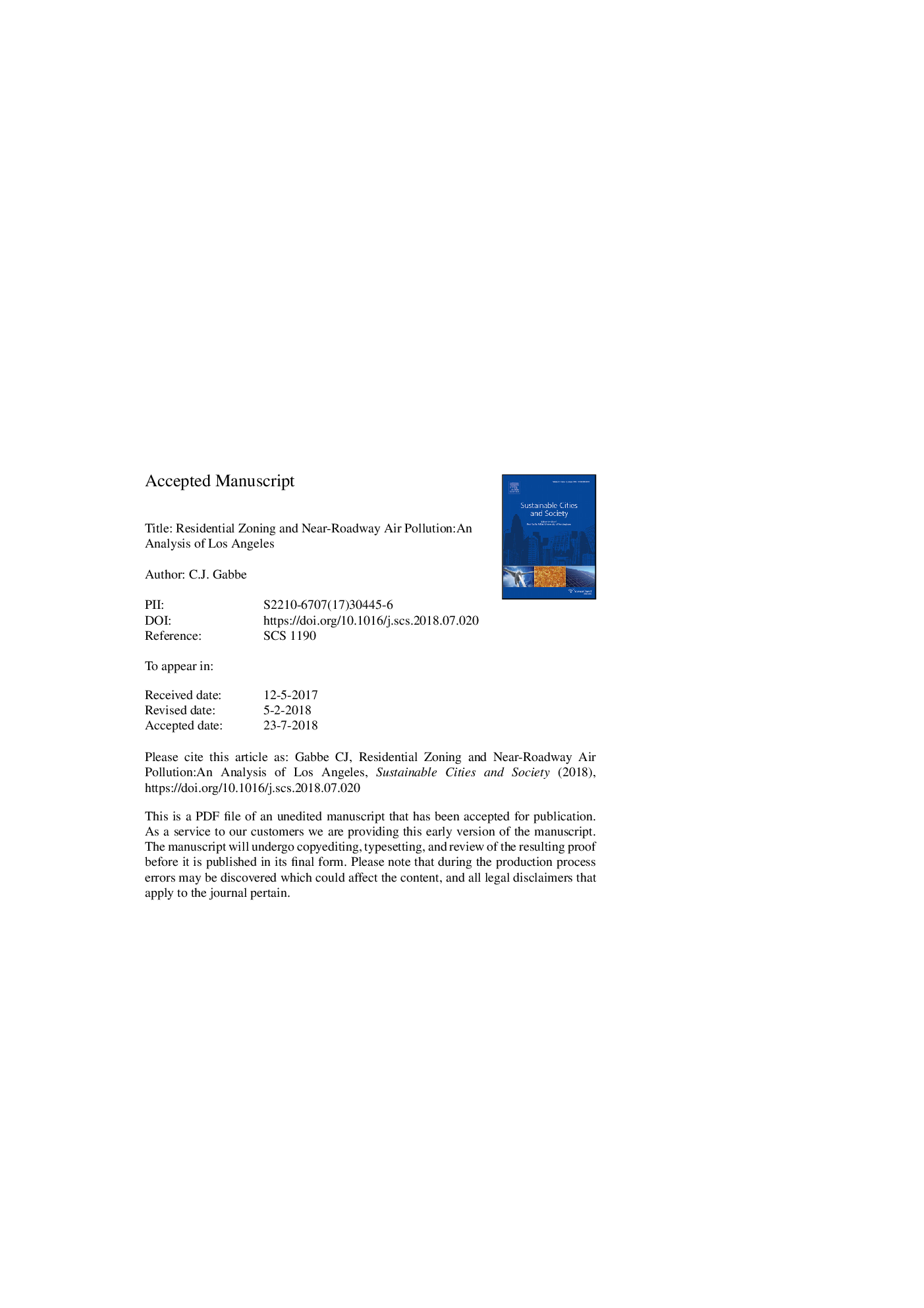| Article ID | Journal | Published Year | Pages | File Type |
|---|---|---|---|---|
| 11001301 | Sustainable Cities and Society | 2018 | 44 Pages |
Abstract
Air pollution from motor vehicles harms the health of those who live near freeways and other high-traffic roads. Land use regulations may permit, prohibit, or impose special conditions on housing near major roadways. This paper answers two questions: First, how is residential development near major roadways regulated? Second, how common are zoning changes near major roadways, and what factors explain these changes? This paper compares the zoning designations of near-roadway parcels with others in the city, and uses two sets of logistic regression models to analyze near-roadway zoning. The results show that residential development is permitted on most near-roadway parcels, including more than 92% of those within 500 feet of a freeway. One of the main explanations is that Los Angeles's hierarchical zoning structure allows housing development in most commercial zones. While many of these parcels have commercial development today, they could be redeveloped for residential uses in the future. Larger shares of near-roadway parcels were upzoned to allow higher residential densities compared with parcels elsewhere in the city, but this difference is explained by other locational factors.
Related Topics
Physical Sciences and Engineering
Energy
Renewable Energy, Sustainability and the Environment
Authors
C.J. Gabbe,
